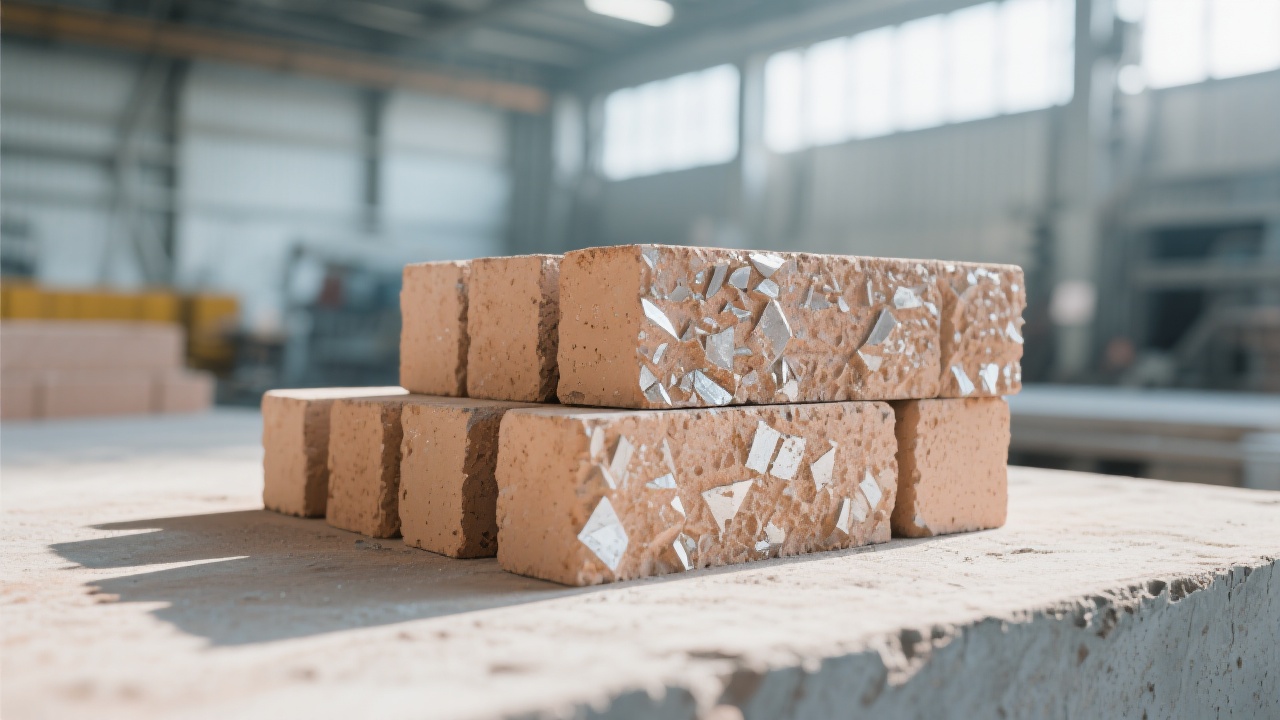
Industrial heat treatment processes, operating typically within 1000ºC to 1300ºC, demand materials that can withstand extreme thermal stresses without compromising mechanical integrity. Low-density porous cordierite has emerged as a breakthrough in kiln furniture applications, delivering a unique balance of thermal shock resistance, low creep rate, and structural stability. This article delves into the microstructural characteristics, thermal-physical performance, and cost-efficiency advantages of these advanced materials across key kiln components such as setters, cranks, felt seals, and support systems.
The hallmark of low-density porous cordierite lies in its carefully engineered micro-porosity and balanced phase composition. Featuring a network of uniformly distributed pores (average pore size approximately 10–15 microns), the material achieves bulk densities as low as 1.8 g/cm³—significantly lighter than conventional dense ceramics (typically 2.6–2.8 g/cm³). This pore structure acts as a thermal barrier, reducing heat conduction while allowing stress distribution during rapid temperature fluctuations.
Thermal expansion coefficients of cordierite (~2.5 × 10-6 /ºC) are remarkably low compared to traditional alumina-based kiln furniture. This reduces the risk of cracking under thermal cycling, a common challenge in industrial settings. Moreover, extensive lab testing shows that low-density porous cordierite maintains a creep deformation rate below 0.015% at 1200ºC over 1000 hours, outperforming competing materials by up to 40%. Such stability is critical for preserving dimensional accuracy in precision kiln applications.
In practical kiln environments—such as ceramic tile sintering, advanced metallurgy, and electronic component firing—low-density porous cordierite components have demonstrated substantial improvements in component lifetime and process efficiency:
| Kiln Component | Benefits | Case Highlights |
|---|---|---|
| Setters | Reduced weight by 30%, enhanced thermal shock resistance | Tile manufacturer reported 25% increase in setter lifespan, minimizing downtime and replacement costs |
| Cranks & Supports | Superior creep resistance under load, dimensional stability during continuous firing | Steel producers achieved a 15% reduction in kiln maintenance intervals |
| Felt Seals | Excellent sealing ability enabling uniform heat distribution, reducing energy loss | Electronics ceramic firing plants reported up to 8% lower energy consumption |

The combination of light weight and superior thermal resilience translates directly into operational savings. Reduced mass in kiln furniture lowers furnace energy consumption by lowering heat inertia, thus accelerating heat-up and cool-down cycles. Maintenance frequency drops due to the material’s resistance to cracking and sagging, saving labor and replacement expenditures.
Industry data highlights that switching to low-density porous cordierite results in an average 10-20% improvement in throughput because kiln downtimes shrink and product quality consistency grows. The extended component service life—often exceeding 3000 firing cycles—improves return on investment markedly.

Current R&D focuses on refining pore morphology and ceramic matrix phase purity to push the limits of thermal stability beyond 1300ºC. Integration of silicon carbide reinforcements and nano-scale additives promises to further enhance toughness and reduce thermal conductivity. Additionally, surface engineering technologies aim to minimize contamination and improve chemical resistance during aggressive firing cycles.
As global manufacturers prioritize energy efficiency and sustainability, low-density porous cordierite stands as a key enabler of next-generation thermal processing technology. Its adaptable performance benefits equip engineers to optimize kiln design, reduce carbon footprint, and boost competitive advantage.

Unlock the full potential of your high-temperature kiln operations with our advanced low-density porous cordierite solutions. Discover how you can maximize durability and efficiency now.

